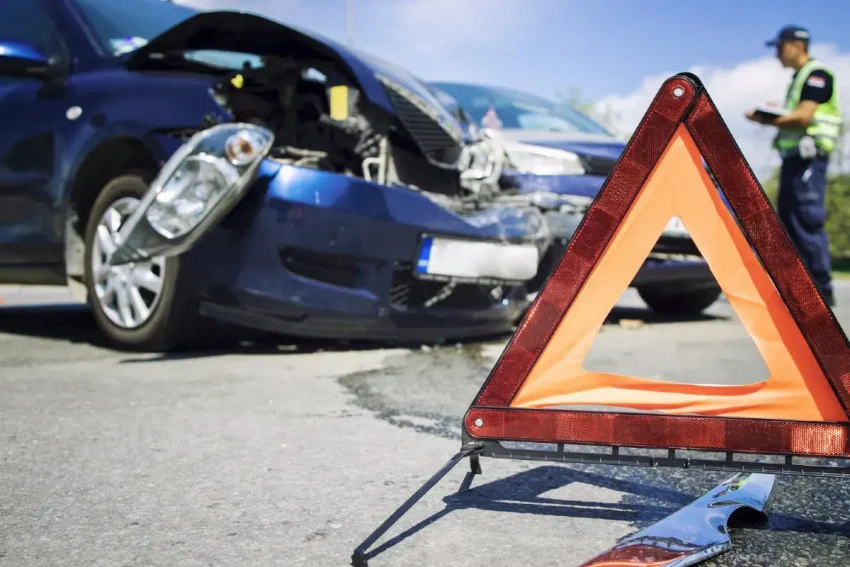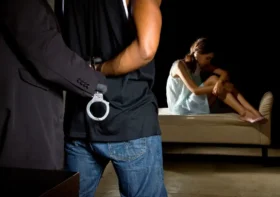What Evidence a Car Accident Lawyer Uses to Prove Negligence

When a car accident occurs, determining who was at fault is critical to resolving insurance claims and lawsuits.
In legal terms, this often boils down to proving negligence. For victims seeking compensation, it is not enough to say another driver caused the crash—there must be solid evidence to support the claim. That’s why gathering and presenting the right types of evidence is one of the most important tasks a Car Accident lawyer undertakes.
Negligence is a legal concept that means someone failed to act with reasonable care, and that failure caused harm to another person. To prove negligence, the lawyer must demonstrate four key elements: duty, breach of duty, causation, and damages. Evidence plays a central role in establishing each of these components and ultimately influences the outcome of a claim or lawsuit.
Contents
Types of Evidence Used to Prove Negligence
Police Reports and Official Documentation
One of the first and most commonly used forms of evidence in car accident cases is the police report. When law enforcement responds to a collision, officers typically create an official report that includes details such as the time and location of the accident, road and weather conditions, statements from drivers and witnesses, and sometimes an officer’s opinion on who was at fault.
This document is important because it provides an unbiased third-party account of the scene. It may include citations issued for traffic violations, which can support claims that one party acted negligently. While not always admissible in court, police reports are highly influential during insurance negotiations and can serve as a foundation for further investigation.
Photographic and Video Evidence
Visual evidence is another powerful tool used to prove negligence. Photos taken at the scene of the accident can capture critical details such as vehicle damage, skid marks, traffic signs, road hazards, and weather conditions. These images help reconstruct how the crash happened and may support claims of speeding, failure to yield, or distracted driving.
In today’s digital age, video footage is also a game changer. Dashcam videos, traffic cameras, and surveillance from nearby businesses can offer real-time proof of how the accident unfolded. This type of footage can remove much of the “he said, she said” uncertainty that often complicates liability disputes.
Witness Statements
Eyewitnesses can provide valuable testimony to back up your version of events. A neutral third party who saw the accident can describe what happened, who seemed to be at fault, and any actions taken by the drivers involved. These accounts can either reinforce or challenge the information presented by both parties.
Lawyers often contact witnesses early in the case to record statements while memories are still fresh. In some cases, these individuals may be called upon to testify in court if the case proceeds to trial.
Medical Records and Expert Testimony
Connecting Injuries to the Accident
Proving negligence isn’t just about showing that the other party caused the crash—it also requires proof that the crash caused your injuries. Medical records play a vital role in this aspect of a personal injury claim. They document the diagnosis, treatment, and prognosis of injuries, as well as the timeline of when symptoms began.
A delay in seeking treatment can complicate a case, so lawyers often advise clients to get medical attention immediately after an accident. Consistent documentation from doctors and specialists builds a strong link between the accident and the physical harm suffered, which is essential to proving damages.
Using Experts to Strengthen the Case
In more complex cases, a lawyer may bring in experts to explain how the accident occurred or how injuries affect the victim’s life. Accident reconstruction specialists can analyze skid marks, vehicle damage, and roadway evidence to determine how fast vehicles were going or whether a driver tried to stop before impact.
Medical experts may be asked to explain the extent of injuries, long-term care needs, or how a pre-existing condition may have been aggravated by the crash. Economic experts might project future lost earnings due to disability or reduced capacity to work. These expert opinions help juries understand technical or medical information that goes beyond everyday knowledge.
Digital Evidence and Cell Phone Records
Texting while driving is a common cause of modern car accidents. In some cases, lawyers will subpoena phone records to determine whether the at-fault driver was distracted at the time of the crash. GPS data, social media posts, and even data from apps can be used to show where a person was and what they were doing around the time of the accident.
This type of digital evidence is increasingly important in proving negligence related to distracted driving or reckless behavior. It adds another layer of proof that can validate or discredit statements made by the drivers involved.
Conclusion
Proving negligence after a car accident requires a well-organized collection of evidence. From police reports and witness statements to video footage, medical records, and expert opinions, each piece contributes to building a compelling case. A skilled car accident lawyer knows how to gather, interpret, and present this evidence to insurance companies and, if necessary, in court.
The legal process can be overwhelming for accident victims, especially when they’re recovering from serious injuries. That’s why having an attorney who understands what evidence is needed—and how to use it strategically—can make all the difference in securing justice and full compensation. Whether you’re seeking a fair settlement or preparing for trial, strong evidence is the key to proving fault and moving forward with confidence.



